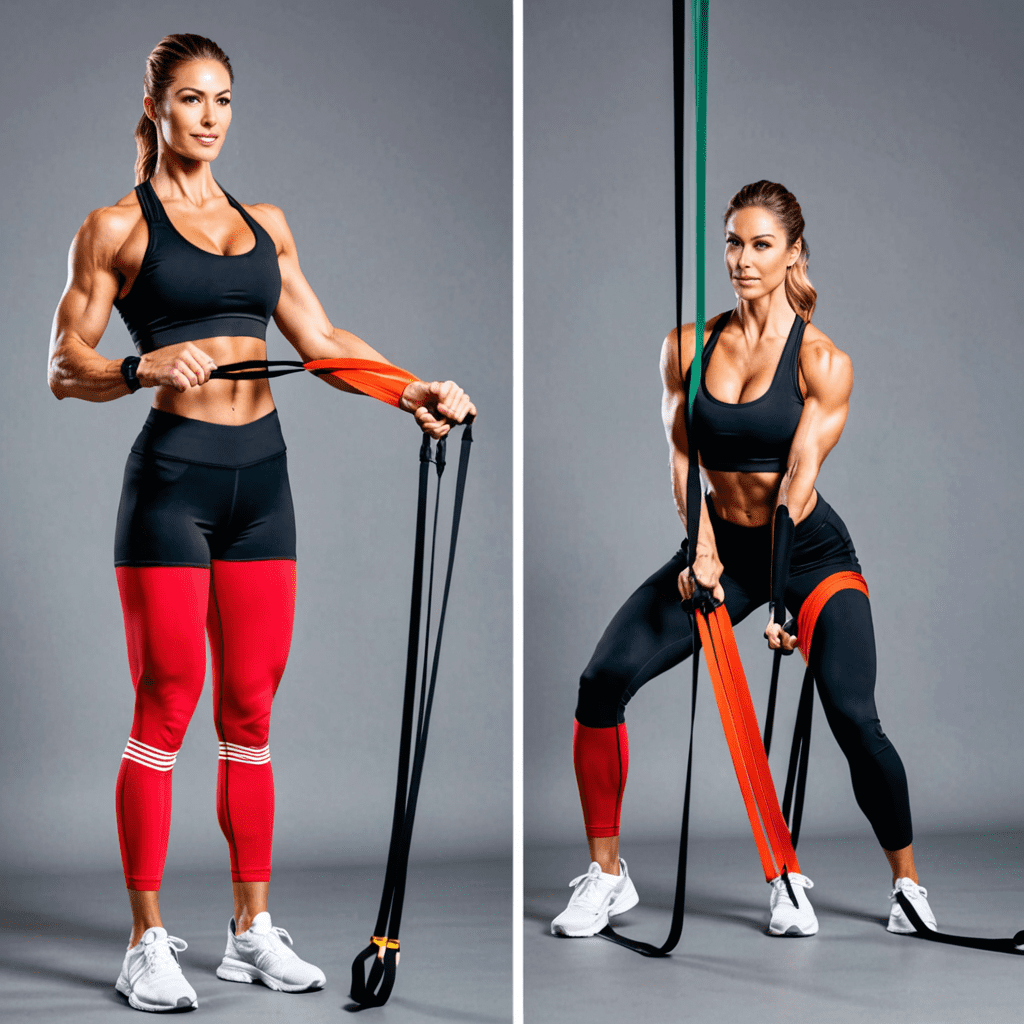Cardiovascular Exercises for Improved Muscle Flexibility
Cardiovascular (cardio) exercises can provide significant benefits for overall health and well-being. In addition to improving cardiovascular fitness, reducing the risk of chronic diseases, and managing weight, cardio exercises can also enhance muscle flexibility.
Benefits of Cardio for Muscle Flexibility
Regular cardio exercise can help improve muscle flexibility in several ways:
- Increased blood flow: Cardio exercises increase blood flow to muscles, delivering oxygen and nutrients that support flexibility.
- Reduced muscle tension: Cardio exercises can help relax and loosen tight muscles, reducing tension and improving range of motion.
- Improved joint mobility: Cardio exercises that involve dynamic movements, such as running or cycling, can help improve joint mobility and reduce stiffness.
- Enhanced neuromuscular coordination: Cardio exercises can improve the coordination between muscles and nerves, which is essential for efficient movement and flexibility.
- Reduced risk of injuries: Improved muscle flexibility can reduce the risk of strains, sprains, and other injuries by increasing the range of motion and reducing tension in muscles and joints.
6. Sample Cardio Workout for Muscle Flexibility
To improve muscle flexibility through cardio exercises, consider incorporating the following into your routine:
- Running: Start with brisk walking and gradually increase pace to jogging or running for 30-60 minutes.
- Cycling: Ride a stationary cycle or commute by bike for at least 30 minutes at a moderate intensity.
- Swimming: Swim laps or participate in water aerobics for 30-60 minutes.
- Elliptical training: Utilize an elliptical machine to engage multiple muscle groups and improve flexibility.
7. Incorporating Cardio into a Flexibility Routine
Cardio exercises should be combined with other flexibility exercises to maximize results:
- Perform dynamic stretches before cardio to prepare muscles for movement.
- Include static stretches after cardio to enhance flexibility.
- Allow for rest days between cardio sessions to give muscles time to recover.
8. Considerations for Individuals with Flexibility Limitations
Those with flexibility limitations can modify cardio exercises:
- Start with shorter durations and gradually increase time and intensity.
- Choose low-impact exercises such as walking or cycling.
- Use proper form and seek guidance from a fitness professional if needed.
- Listen to your body and take rest breaks when necessary.
9. Benefits Beyond Muscle Flexibility
Beyond improved flexibility, cardio exercises offer additional benefits:
- Weight management: Cardio burns calories and helps maintain a healthy weight.
- Reduced stress: Exercise releases endorphins that promote relaxation and reduce stress levels.
- Improved sleep quality: Regular cardio can improve sleep patterns and duration.
- Stronger immune system: Exercise strengthens the immune system, reducing the risk of infections.
10. Safety Guidelines for Cardio-Based Flexibility Exercises
To ensure safety while performing cardio exercises for flexibility:
- Consult a healthcare professional before starting any exercise program.
- Start gradually and avoid overexertion.
- Stay hydrated by drinking plenty of water.
- Listen to your body and rest when needed.
- Use proper form and consult a qualified fitness instructor for guidance.
FAQ
Q: How often should I perform cardio exercises for flexibility?
A: Aim for at least 3-4 sessions per week.
Q: What is the best time to perform cardio for flexibility?
A: Perform cardio before or after dynamic stretching exercises.
Q: Can I do cardio exercises if I have joint pain?
A: Consult a healthcare professional and consider low-impact cardio options like cycling or swimming.
Q: How long should I hold static stretches after cardio?
A: Hold each stretch for 15-30 seconds.
Q: What are some examples of dynamic stretches?
A: Arm circles, leg swings, and torso twists.



